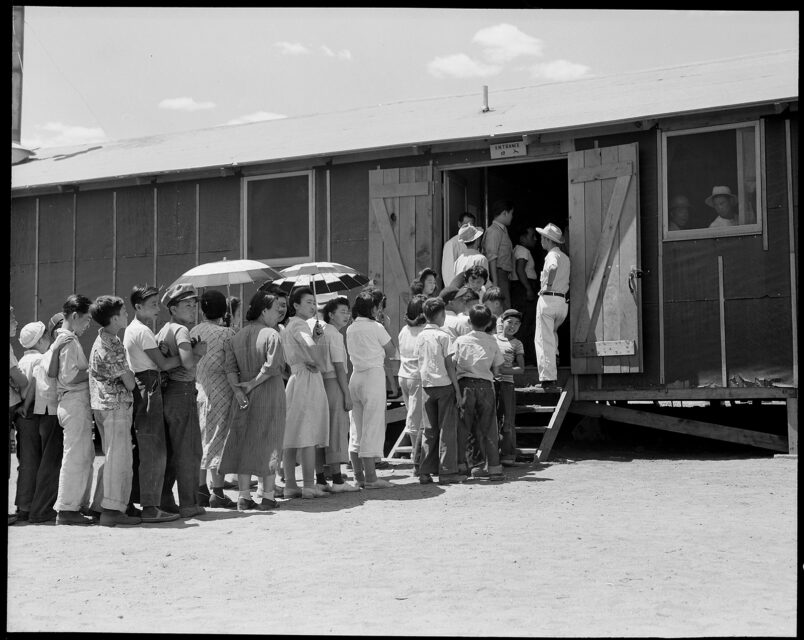(RNS) — Two months after the 1941 attack on Pearl Harbor, President Franklin Delano Roosevelt signed Executive Order 9066, forcing 120,000 Japanese Americans, Japanese immigrants and their relatives living in the United States to leave their homes and take up residence in prisonlike camps in sparsely populated areas in seven states. In 1942, polling indicated that nearly 60% of Americans supported this decision, even though two-thirds of the relocated people were American citizens. An even higher majority supported the incarceration of immigrants who had not yet attained citizenship.
Only in 1988 did Congress pass the Civil Liberties Act, which compensated the unjustly incarcerated Japanese and Japanese Americans, giving each surviving detainee $20,000. President Ronald Reagan offered a semblance of a formal apology, acknowledging that the incarcerations had been a “mistake.” In the years since, despite a growing number of memoirs, histories and documentaries, the government-sanctioned violation of civil rights that traumatized an entire population is little spoken of.
The willful forgetting redoubles the pain for the descendants of those who faced incarceration. With fewer and fewer survivors of the camps still alive, how to commemorate their suffering in their absence is a growing dilemma.
Lisa Doi, a doctoral student in American studies at Indiana University, has dedicated her research to a form of commemoration that has become increasingly widespread among the Japanese American community, of which she is a part: visiting the detainment camps as an act of pilgrimage.
RELATED: In WWII, Japanese Americans’ faith came under suspicion and helped them survive their incarceration
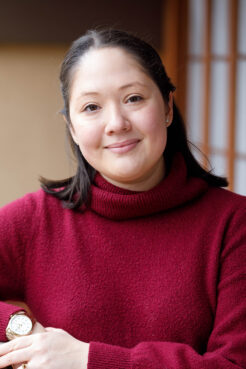
Lisa Doi. Courtesy photo
Historically, pilgrimages are religious journeys — rituals that channel often arduous physical treks into mystical rites of passage. Pilgrimages for the survivors of the detainment camps and their offspring are instead a search for the past for a community rooted in a common history of pain and loss.
For Doi, this ritual is both of professional interest and deeply personal: Two of her grandparents and their families were incarcerated at Rohwer War Relocation Center in McGehee, Arkansas, a few miles west of the Mississippi River in the southeast corner of the state. In 2019, Doi and her mother went on a pilgrimage to Rohwer and a nearby camp at Jerome, Arkansas.
Doi had hoped the encounter would yield “some kind of insight into what this experience was like for my grandparents and great-grandparents” — notably for one of her great-grandmothers, who died while detained in a place far from home.
Instead, Doi found the pilgrimage to be a challenge, emotionally and intellectually. The intense “feeling of place,” she said, brought home the reality of what her forebears had been through.
That initial pilgrimage was only the start of Doi’s journey. For the past four years she has sought to better understand the history and the communal and spiritual impact of the pilgrimages, working to draw attention to the movement and participating as a descendant of the people who were incarcerated.
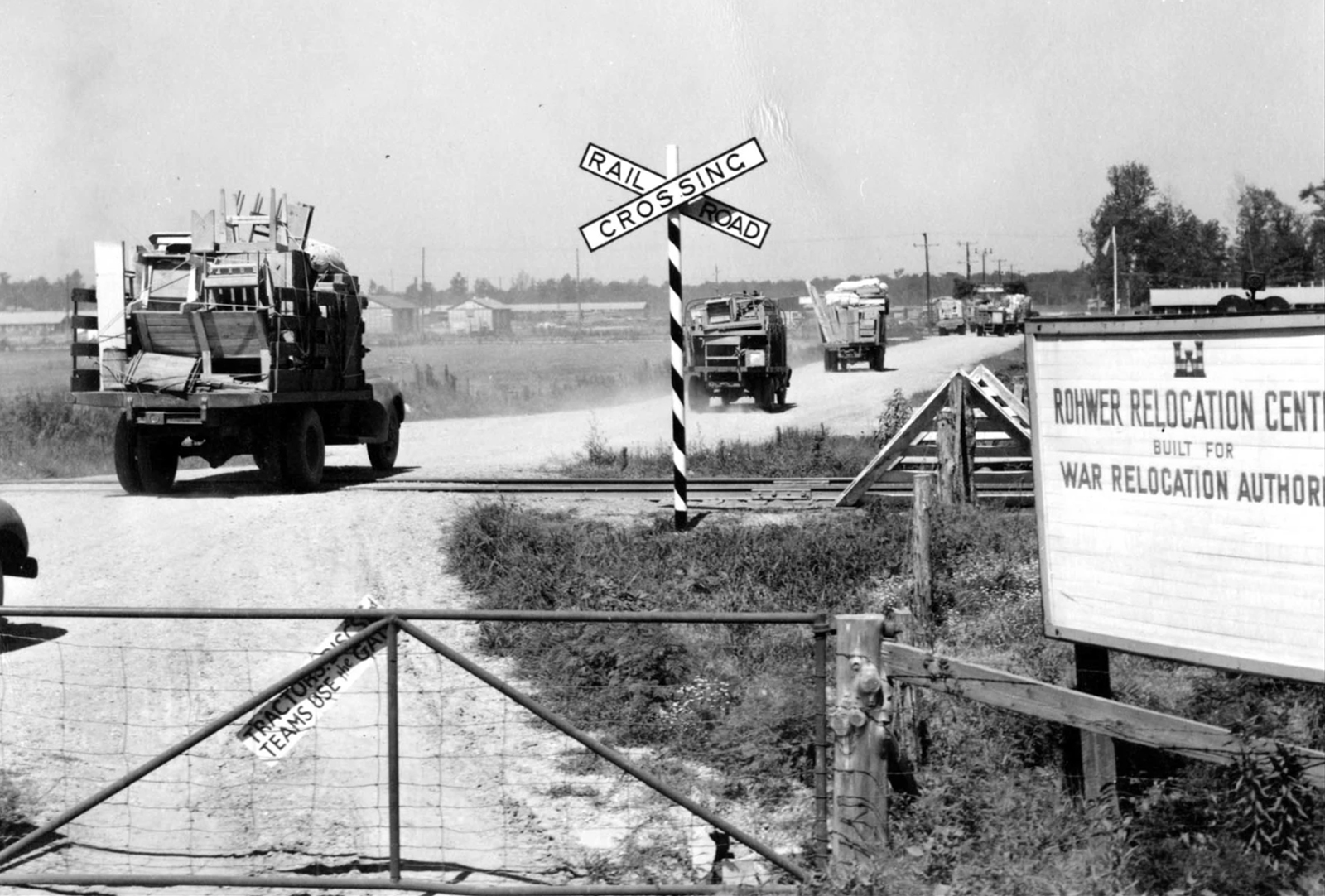
Vehicles enter the Rohwer War Relocation Center in southeast Arkansas during World War II. Photo via AState.edu
After returning from Arkansas, she sought out the founder of the first pilgrimage to a detainment camp, Warren Furutani. Born in 1947 in Los Angeles to survivors of Manzanar, a camp three hours from Los Angeles in the Sierra Nevada, Furutani was a leader of an early group of activists who organized a pilgrimage to Manzanar in 1969, finding out only later that a Buddhist priest, Sentoku Mayeda, and a Christian minister, Shoichi Wakahiro, had been visiting Manzanar yearly since the camp was closed.
The following year, Furutani was a key force in the effort to make the site a national landmark. He was later elected to the California State Assembly and was instrumental in establishing Asian American and other ethnic studies programs at UCLA and other schools.
In their initial forays to Manzanar, Furutani and the other pilgrims uncovered the remains of the camp in what they termed “a very shallowly buried grave.” After the war, Doi said, the War Relocation Authority had “sold off as much as they could,” then pushed “these giant trash piles” of everything that remained into “a giant hole in the ground.” It was a literal cover-up of the mistreatment of Japanese Americans, relegating the history of the place to the memories of the victims and the perpetrators.
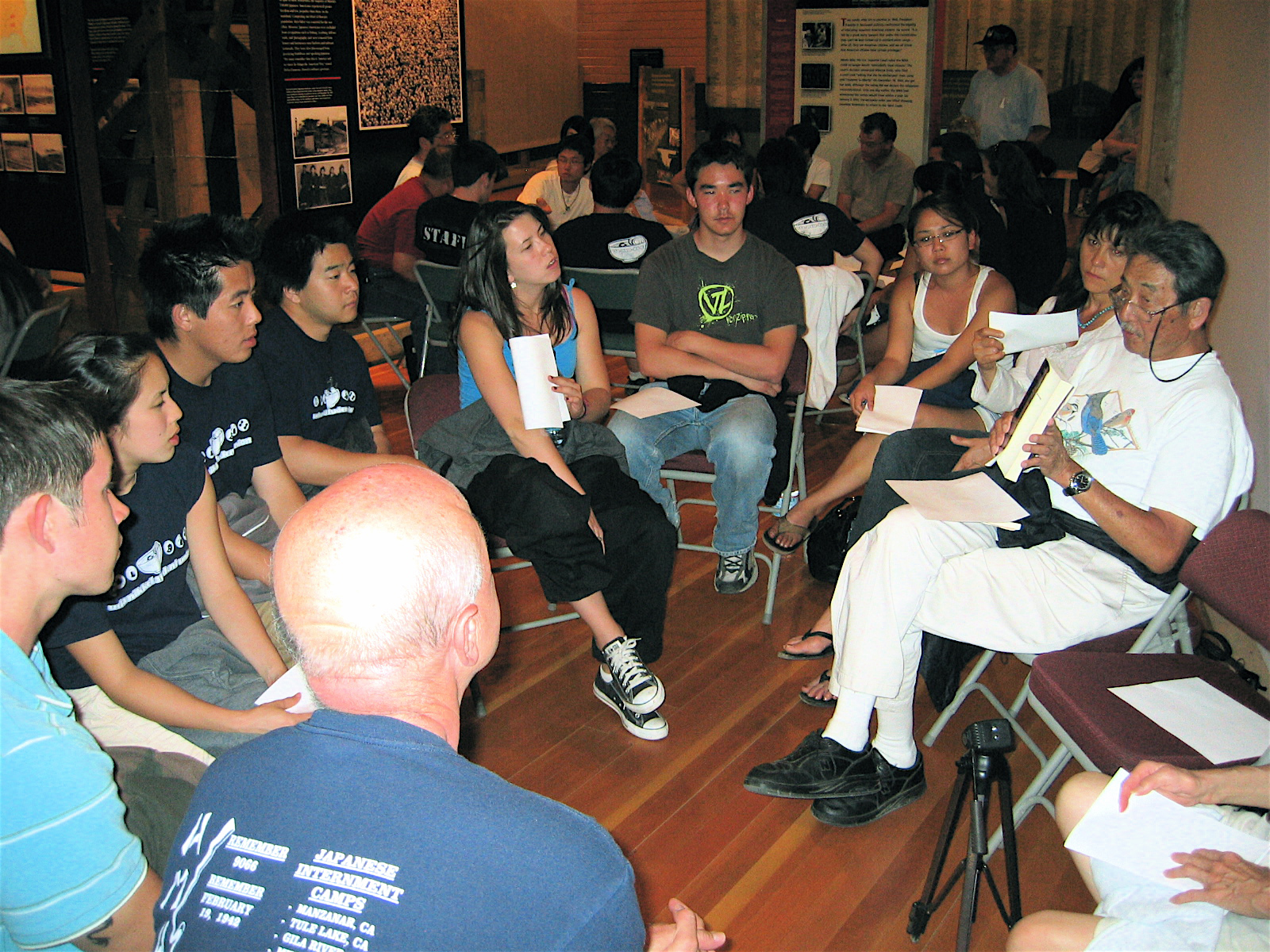
In a small group session of the annual Manzanar Pilgrimage, former Manzanar prisoner Wilbur Sato, far right, relates his experiences behind the barbed wire to a group of visitors in April 2007 during a Manzanar At Dusk program. Photo by Gann Matsuda/Wikipedia/Creative Commons
Since the 1969 pilgrimage to Manzanar, it has become an annual event that draws many from Los Angeles’ large Japanese American community. The practice has spread to other camps as well, brimming with intergenerational vibrancy and the chance to share memories, cultural norms and ideas across cohorts increasingly pushed to assimilate. Pilgrimages fill up months in advance and are capped between 200 and 450 people, depending on the area and the availability of hotel accommodations.
At Manzanar each year, a memorial service is held just outside the camp’s cemetery, where the pilgrims gather at a stone monument known as the Ireito, once the only visible sign that the camp had existed. People offer incense and flowers. Activists, political leaders and academics usually speak. Afterward, Japanese American Christian ministers, Buddhist priests of multiple traditions and Shinto ministers preside at an interfaith service.
Doi said the service at the Ireito affirms Japanese Americans’ tendency to respect “hybrid” forms of religion, “with more of a community-driven, organic kind of spiritual practice,” she said.
Indeed, Doi said that the pilgrimages to Manzanar and the other camps echo the Buddhist model often followed in Japan, in which people visit temples throughout Japan, one that had not previously been a significant feature of Japanese American practice. It could also be a new kind of tradition, created by third-generation Japanese Americans seeking to reconnect with their identities.
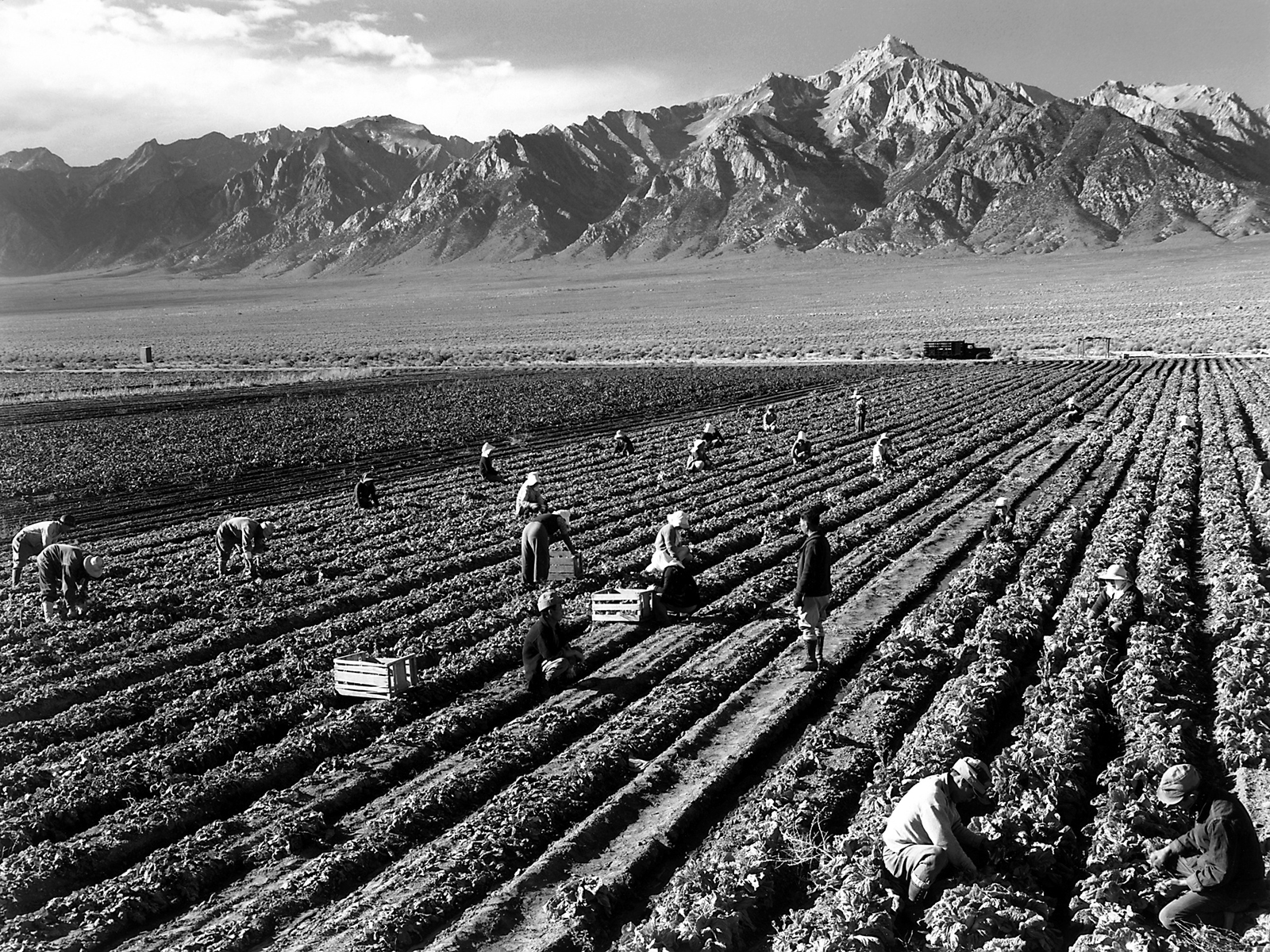
Mount Williamson looms in the background as workers from the Manzanar War Relocation Center tend a farm in Manzanar, Calif., in 1943. Photo by Ansel Adams/LOC/Creative Commons
Pilgrimage is also a direct response to what Doi terms the “forced assimilation” of Japanese Americans, of which wartime detainment was a part.
RELATED: An awakening is coming to American religion. You won’t hear about it from the pulpit.
As fewer people with direct experience in the camps remain, the sense of urgency to remember grows. Doi believes that thousands more would attend if more lodging and other infrastructure existed in the areas surrounding the camps. Yet for every individual who attends, dozens or hundreds more hear of their experiences, the stories they heard, their reclamation of memory and the affirmations of identity.
This article is one in an ongoing series focusing on contemporary faith-based leaders reinventing American faith. Read others in the series here.
